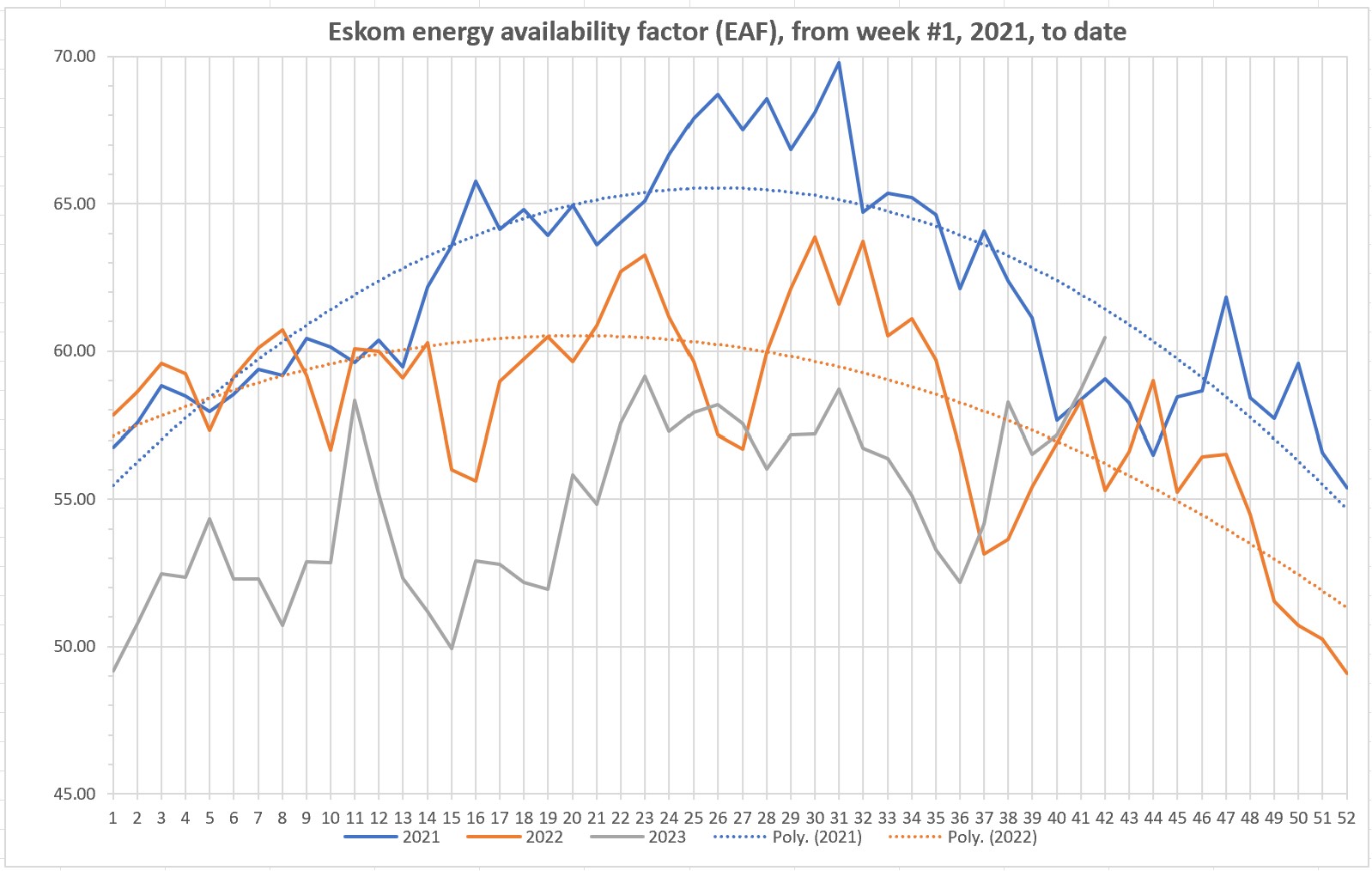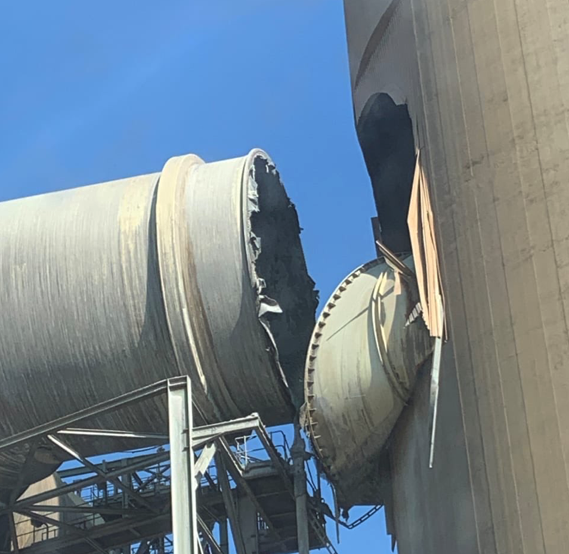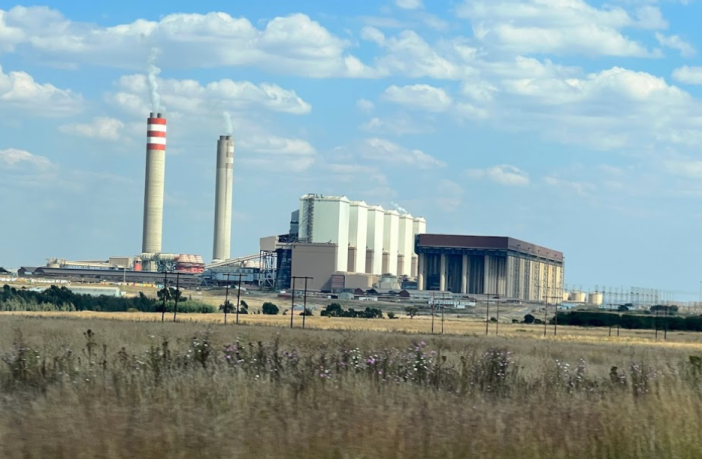- Respected energy analyse, Chris Yelland- CEO, EE Business Intelligence, reports on his X feed that Eskom week-on-week energy availability factor (EAF) has broken the 60% barrier, reaching 60.46% in Week 42, 2023.
- This reverses the usual declining trend and is largely due to three 800MW generation units returning to service at Kusile coal fired power station after temporary repairs were carried out.
- The units have been returned to service after Eskom was granted permission to bypass the plant’s Flue Gas Desulphurization equipment and emit unabated sulphur dioxide (SO2) and increased mercury emissions.

Eskom week-on-week energy availability factor EAF has broken the 60% barrier, reaching 60.46% in Week 42, 2023. Image credit: Chris Yelland – EE Business Intelligence. Data source: Eskom
Delivering a statement on the implementation of the Energy Action Plan (EAP) in the National Assembly earlier this week, Minister in the Presidency for Electricity, Dr Kgosientsho Ramokgopa, said that generation performance continues to improve from the May 2023 days of 27410MW [generation]to 28 883MW in October month to date. “Last week, we saw generation breach the psychological mark of 30 000MW largely buoyed by the return to service of Kusile units 3 and 1 over the past month,” added Ramokgopa.
Ramokgopa told the National Assembly that the improvement at Kusile power station bears testament to the belief that the power station can drive forward Eskom’s improvement in generation capacity. In October last year, units at the power station went offline following a duct failure.
“We have always been firm that Kusile Power Station would anchor the drive for generation capacity to get ahead of the demand curve. The two units returned have injected an additional 1600 MW over the past month, whilst Units 2 and 5 will add another 1600 MW. This means the 4 Kusile Units will provide a total of 3200 MW of base load by December 2023. The last remaining Kusile unit, Unit 6, is planned to be synchronised in August 2024.
Eskom announced yesterday that due to sufficient generation capacity including emergency reserves, expected units to be returned to service as well as anticipated lower demand into the weekend, loadshedding (blackouts) will remain suspended until 16:00 on Sunday. Eskom will continue to monitor the power system and publish the week ahead outlook on Sunday.
Massive cost to the environment
To allow it to utilise temporary repairs at its Kusile power station in Mpumalanga, Eskom was granted permission to bypass the plant’s Flue Gas Desulphurization equipment and emit unabated sulphur dioxide (SO2) and increased mercury emissions, potentially up until 31 March 2025. Civil society groups are appeling this decision. Read more

Unit 1 flue gas duct coupler to the chimney stack disconnected. Image credit: Karin Morrow – Twitter
SO2 is a dangerous air pollutant and the effects of the bypass will be devastating according to modelling done by the Centre for Research into Energy and Clean Air. The increased emissions from Kusile are projected to result in 670 excess deaths, 3000 asthma emergency room visits, 720 000 days of work absence and a societal costs of health impacts to the tune of up to ZAR 24 billion. The modelling also shows deficiencies and outdated assumptions in a Health Impact Assessment submitted by Eskom to support its application. In addition to the 6-fold increase in SO2 emissions (an excess of 280 000 tonnes), bypassing the FGD will also see a 40% increase in the emission of mercury – a potent neurotoxin which persists in the environment for years.
The costs of the temporary repair have been reported to be in the order of R250 million and this figure will rise. The costs of the permanent repair to the failed stack are not being disclosed by Eskom, making a sound cost-benefit assessment by interested and affected parties impossible.
Author: Bryan Groenendaal















